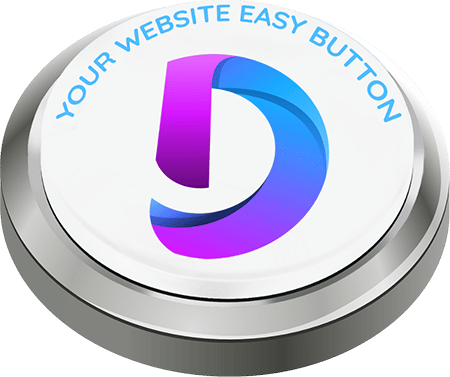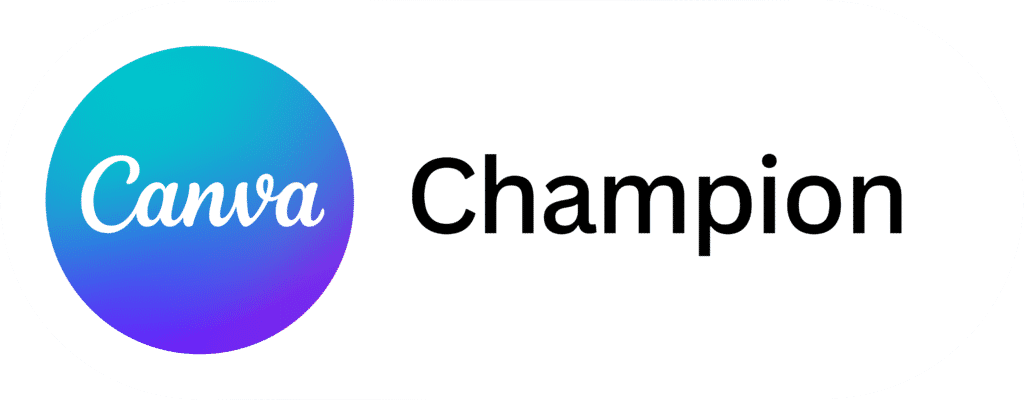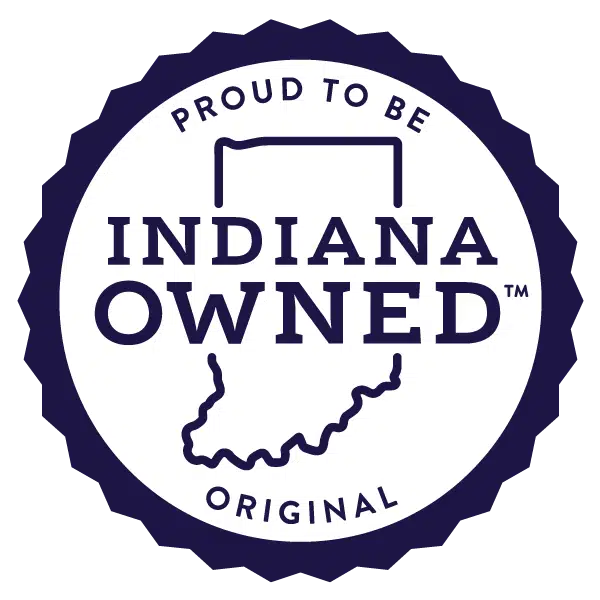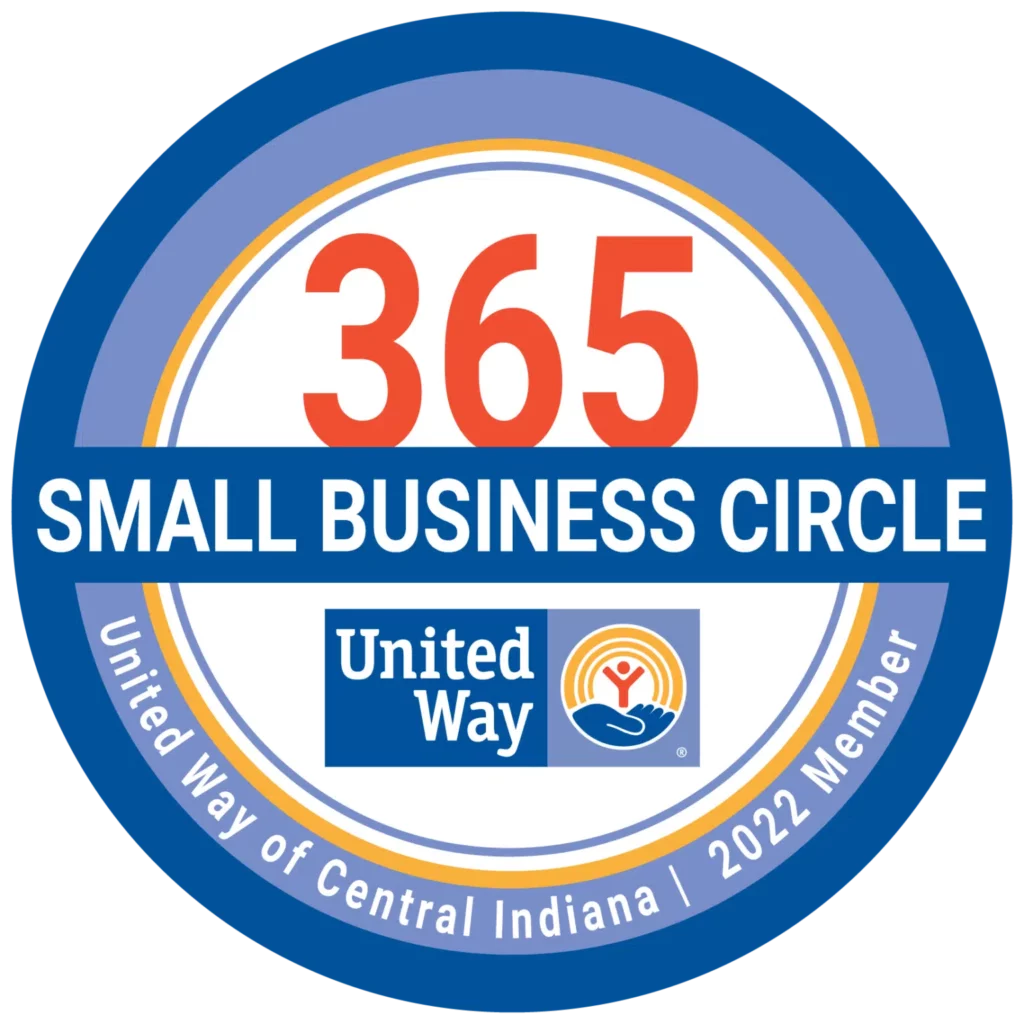One of the Google Ads strategies you will hear about often is to segment your audience. Segmentation in this context means to divide your audience into categories based on the information you have about them.
You can segment your audience in any number of ways. Here are a few examples of the criteria you can use:
- Shopping cart abandonment
- Website browse time
- Location
- Age
- Income
- Origin (i.e. did they come to your site from social media, an ad, etc)
- Activity taken on your site
- And More
Once you segment your audience, you can create a Google Ads campaign for each segment. This strategy has a few advantages over treating your audience as a single, monolithic group.
Segmentation allows you to tailor your message.
The most effective Google Ads deliver a message that resonates with the reader. That message makes the reader stop and think, “Hey, this company might just have what I need.”
The tricky part is that not every member of your target audience will respond to the same message. The person who abandons the shopping cart might need reassurance about your free shipping offer, while the person who lives in your neighborhood might want to hear that you offer Buy Online Pickup in Store services.
Segmenting your audience allows you to tailor your message to each group. You can deliver ads about shipping costs to one person and BOPIS promotions to another. With messages targeted directly at their pain points, your segmented audiences are much more likely to respond to your Google Ads and convert.
Segmentation allows you to engage in retargeting.
Retargeting is the process of showing ads to people who have already visited your website. Since only about 2 percent of people convert on their first visit to a website, retargeting gives you the chance to earn conversions from 98 percent of your new website visitors.
In order to successfully retarget, you have to segment your audiences. Segmentation allows you to identify the people who can benefit from your retargeting efforts. It also allows you to separate people by factors such as when they left your site or what actions they took on your site.
That granular level of segmentation allows you to then send retargeted ads to them that address their reasons for leaving the site. For example, you can send Google Ads about certain products to people who browsed those items or placed those items in their shopping carts. Personal, relevant Google Ads might be just what your segmented audiences need to return to your website and convert.
Segmentation allows you to market to every part of the funnel.
Marketing funnels are ways to guide people from not knowing about your business to becoming loyal customers. Successfully building marketing funnels requires you to target people at every stage of the funnel.
For example, at the top of the funnel, you have people who need to be made aware that your business exists, while at the bottom of the funnel are one-time customers who need to be incentivized to buy from you again.
Segmentation is a useful tool in building these marketing funnels. It allows you to identify and target people at every stage of the marketing funnel.
Once you identify them, you can craft Google Ads and messaging that drive them closer to a conversion. For example, say one segment of your audience consists of people who searched online for a product you sell. You can use Google Ads to offer them a deal on that product to encourage them to buy from your business. That step brings them further down the funnel and increases your chances of making a profit.
Segmenting your audiences for your Google Ads allows you to offer targeted, useful ads to those audiences. Don't try to accomplish segmentation, or a Google Ads campaign, on your own. Instead, work with a Google Partner, like Distinct Web Design, to enjoy expert and effective assistance with your Google Ads.







